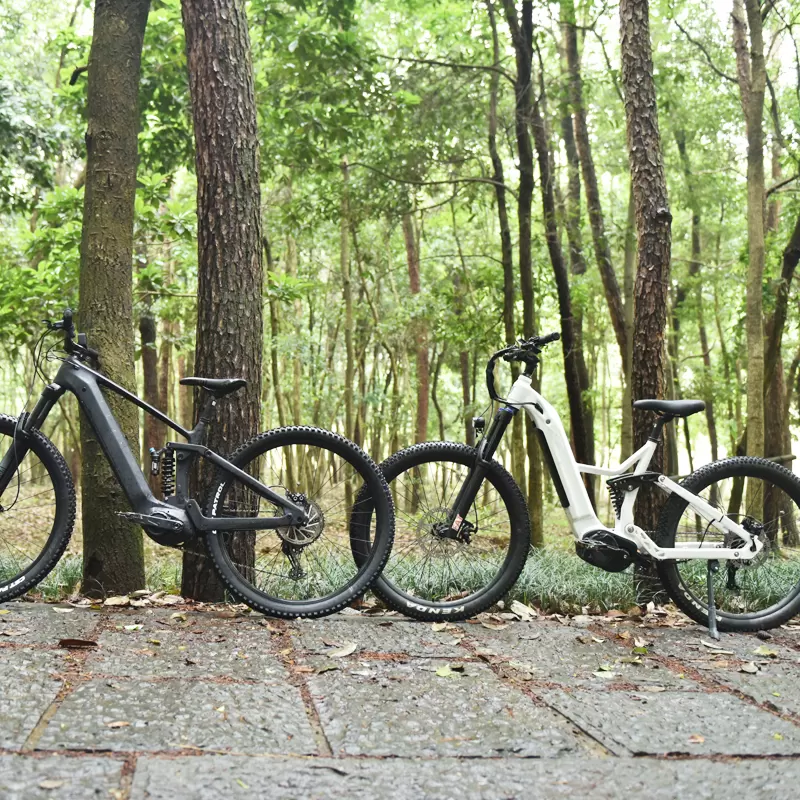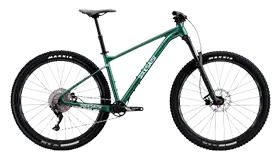Riding E-bikes in Rainy Days: Safety and Maintenance Tips
Security advice
1. Pay attention to the riding route:
Try to avoid floods, stagnant water, and muddy roads, which may cause slips and tire damage.
2. Wear appropriate raincoats and rain gear:
Choose a well-fitting raincoat or poncho to protect your body and equipment from rainwater. Also, wear suitable rain boots or waterproof shoe covers to prevent your feet from slipping.
3. Reduce your speed:
Driving too fast on slippery roads increases the risk of slipping. Therefore, it is necessary to reduce the speed appropriately and remain alert to the road conditions.
4. Deceleration and braking in advance:
Due to slippery road surfaces, braking distances may increase. Therefore, when you need to slow down or stop, you should operate the brakes in advance to ensure safe parking.
5. Keep your car lights on:
Cloudy and rainy days will affect the cyclist's field of vision, so turning on your car lights will help you see the road conditions clearly and let others see you and avoid them in time.
6. Avoid riding with an umbrella:
Riding with an umbrella will block your view and increase riding risks. Raincoats and helmets are recommended to ensure clear vision.
7. Practice Safe Riding:
Use caution when cornering and take wider turns to avoid sliding.

Maintenance suggestions
- Check Tires: Ensure your tires have good tread and are properly inflated, as proper tire pressure can improve traction on wet roads.
- Lubricate Chain: Use a wet-lubricant on your chain to prevent rust and ensure smooth operation.
- Protect Electrical Components: Use waterproof covers or bags to protect the battery and other sensitive electrical components from moisture.
- Clean and Dry: After riding in the rain, clean your e-bike to remove any salt or debris that could corrode the frame or components. Make sure to dry it thoroughly.
- Inspect Brakes: Check your brake pads and discs regularly, as rain can accelerate wear.
- Store Indoors: If possible, store your e-bike indoors and away from moisture when not in use.
- Regular Maintenance: Keep up with routine maintenance to ensure your e-bike is in optimal condition, especially before riding in wet weather.
Protect the charger:
The charger is not designed for use in vehicles, so do not place it in the trunk or basket of an electric bicycle. If it needs to be moved, please wrap it in foam plastic to prevent vibration damage. Maintain ventilation when charging to avoid thermal drift affecting the charging status.
Use fenders:
Installing fenders can prevent dirty water splashed from tires from staining the body and the rider, while protecting the transmission system from erosion by mud and chemicals.
Check the battery interface:
When charging, use the matching original charger and make sure the charging interface is dry. Avoid charging outdoors in rainy environments to prevent electric shock or battery damage.
In short, riding an electric bicycle on rainy days requires special attention to safety and maintenance. By following the advice above, you can ensure safety while riding and extend the life of your e-bike. In adverse weather conditions, if possible, avoid riding an e-bike and choose safer modes of travel.










